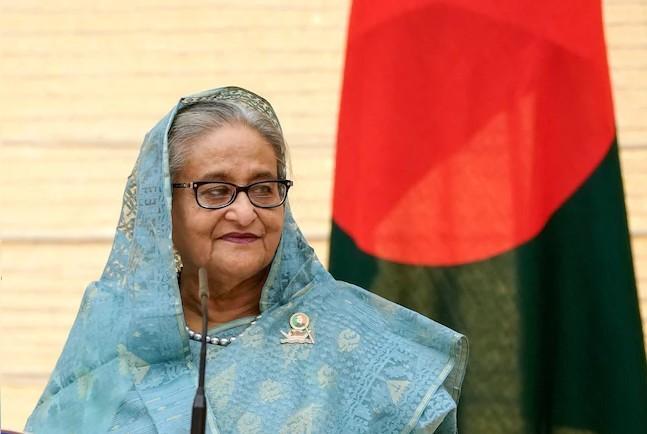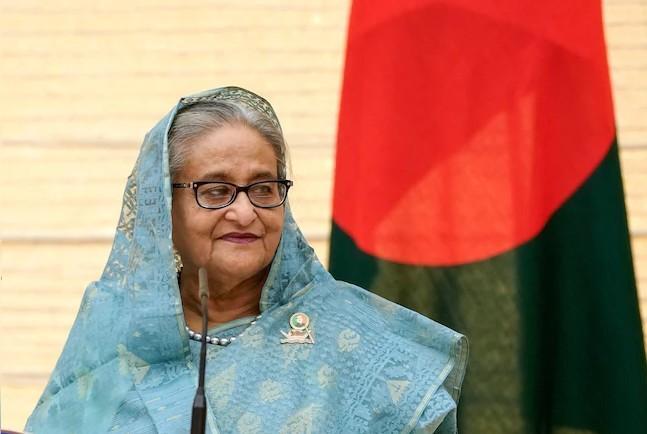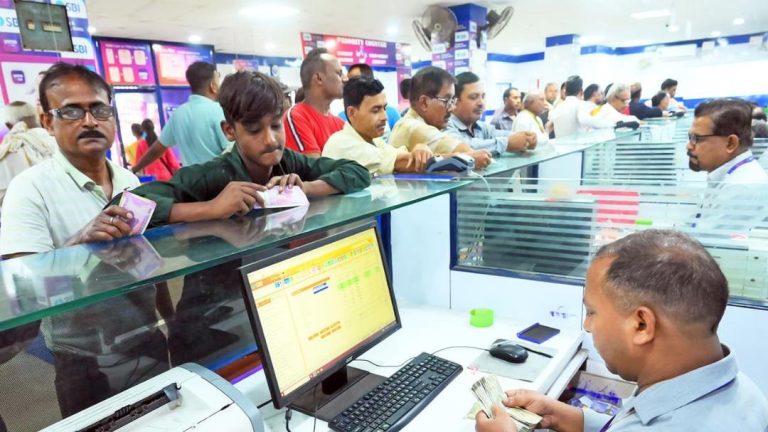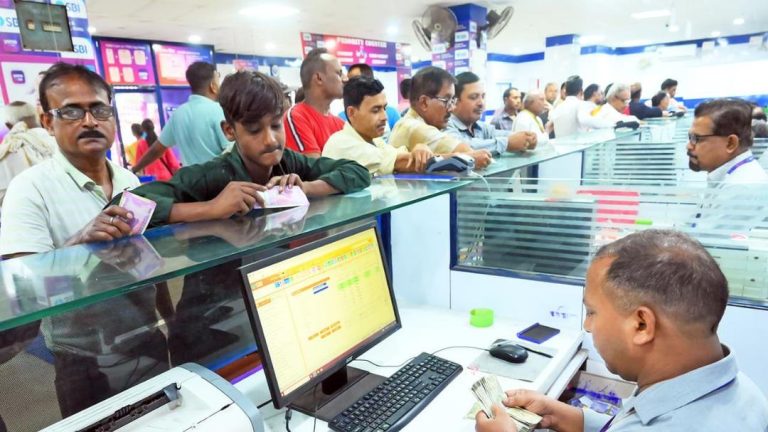
How does India compare to others on the US tariff list?
The ongoing trade tensions between the United States and India have taken a new turn with the announcement of a 25% tariff on certain Indian goods, effective from August 1. The move has sparked concerns among Indian businesses and policymakers about the impact on trade and the economy. As the world’s largest democracies engage in a trade war, it’s essential to understand how India fares on the US tariff list compared to other countries.
A recent report by News18 analyzed the US tariffs and found that India faces a higher tariff rate of 25% compared to countries like Vietnam (20%), Indonesia (19%), Japan (15%), and the European Union (15%). Among the 27 countries tracked, only a few countries face tariffs equal to or higher than India. These include Brazil (50%), Myanmar (40%), Bangladesh, and Canada (35% each).
One of the key aspects of the US tariff on India is that it comes with a penalty. The 25% tariff is not just a standard duty, but also includes a 25% penalty on certain Indian goods, making the effective rate even higher. This penalty is expected to have a significant impact on Indian exports to the US, particularly in the sectors of steel, aluminum, and chemicals.
So, what does this mean for India’s trade and economy? The higher tariff rate and penalty will undoubtedly lead to increased costs for Indian exporters, making their products less competitive in the US market. This could result in a decline in exports, potentially leading to job losses and a negative impact on the economy.
The analysis also highlights the stark contrast between India’s tariff rate and that of other countries. For instance, Vietnam, which has been a key beneficiary of US trade policies, faces a tariff rate of 20%. Indonesia, another major player in the Asian region, has a tariff rate of 19%. Japan, a key ally of the US, has a tariff rate of 15%, while the European Union, which has been a major trading partner of the US, also has a tariff rate of 15%.
Why is India facing a higher tariff rate than these countries? The answer lies in the complex web of trade policies and politics. The US has been critical of India’s trade practices, including its high tariffs and restrictions on imports. The US has also been seeking greater market access for American companies in India, particularly in the areas of agriculture and manufacturing.
The 25% tariff on India is part of the US’s broader strategy to balance its trade deficits with countries like India. The US has been seeking to reduce its trade deficits with countries like China, India, and others, and the tariff is seen as a way to achieve this goal.
So, what does the future hold for India-US trade relations? The imposition of the 25% tariff is likely to lead to a deterioration in relations between the two countries, particularly if the tariff is not reversed or removed. India has already retaliated by imposing tariffs on certain US goods, and the situation is likely to escalate further.
In conclusion, India’s high tariff rate of 25% is a major concern for the country’s trade and economy. The penalty alongside the tariff adds to the complexity of the situation, making it even more challenging for Indian exporters to compete in the US market. As the world’s largest democracies engage in a trade war, it’s essential to find a resolution that benefits both parties and promotes free and fair trade.





